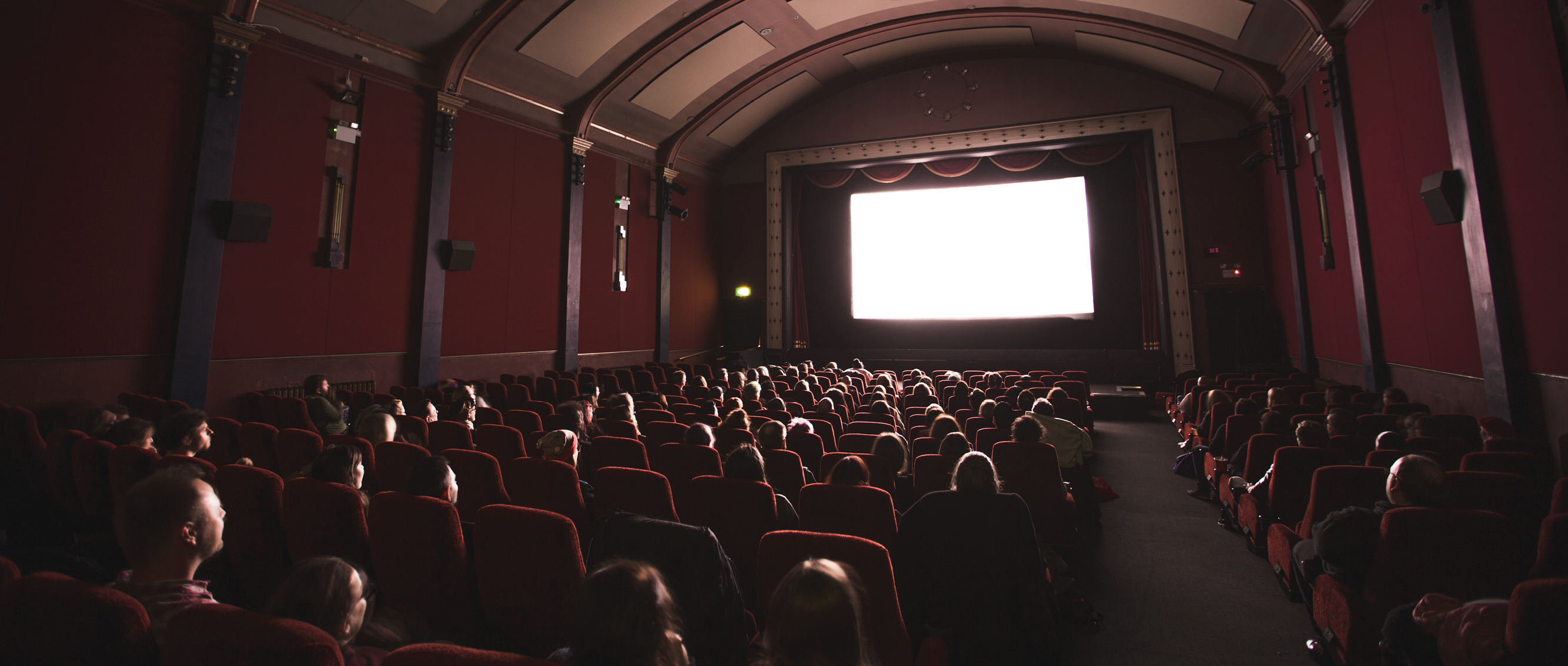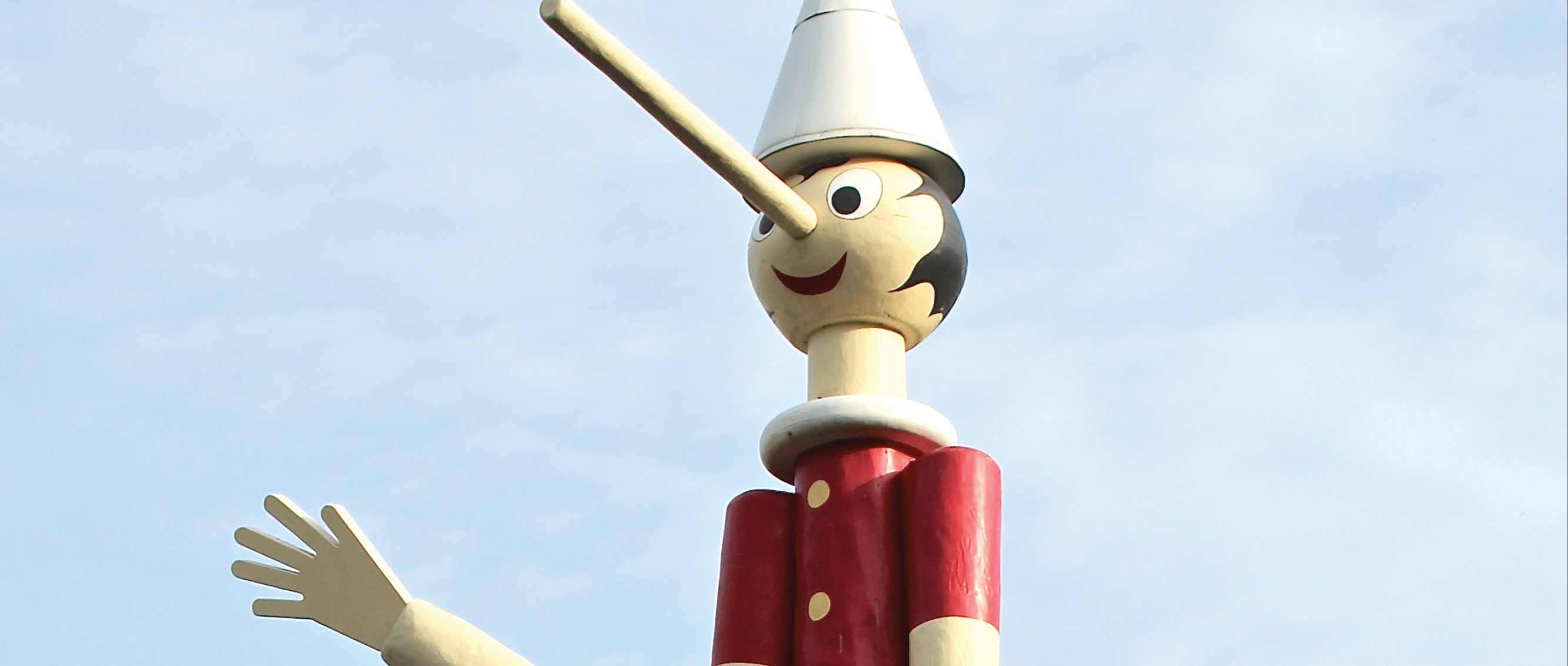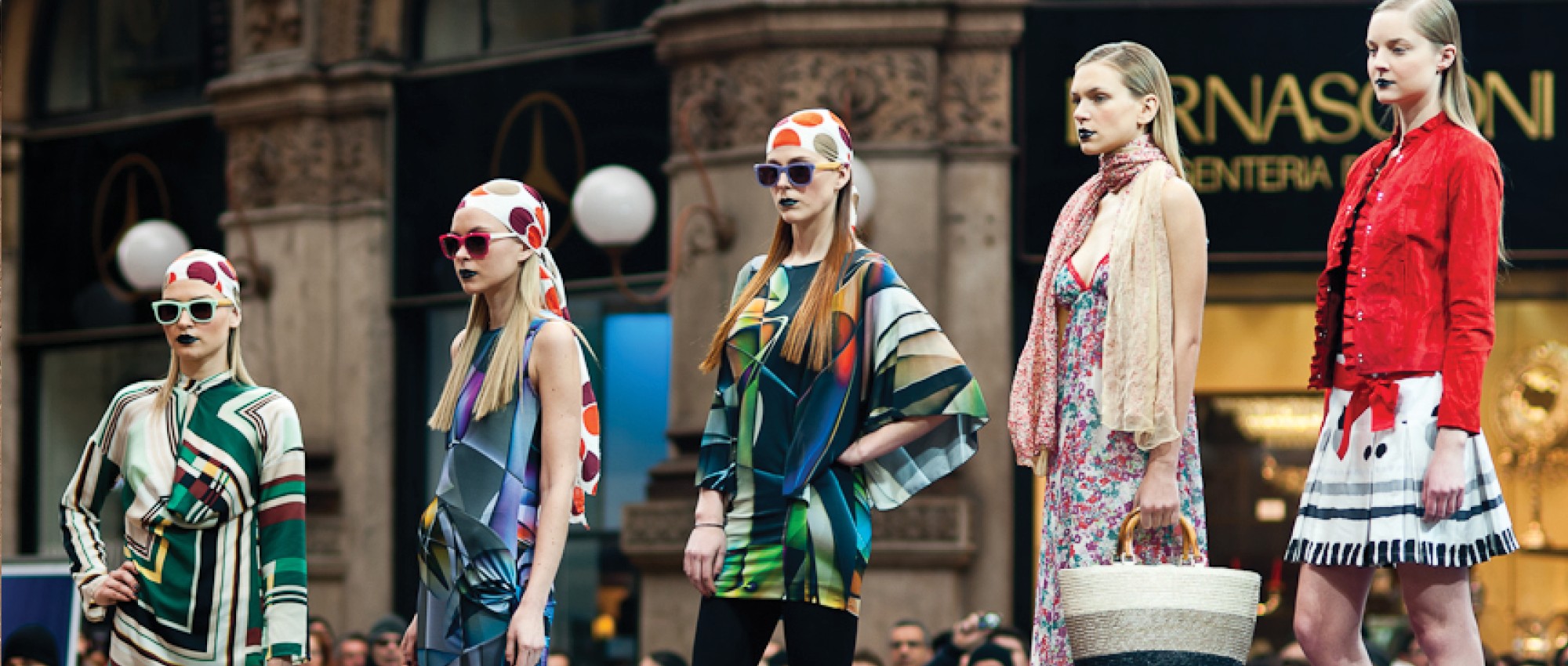Theatre and Poetry of the Romance World
This course explores the theatrical and poetic production of the Romance World in all its breadth and diversity, from the Middle Ages to the 21st century. A particular emphasis will be put on the early modern and the modernist periods, that is, the 16th-17th and the late 19th and 20th centuries. We will inquire about the close relationship—as well as the crucial differences—between poetry and theatre and ask, among others, the following questions: what forms does the poetic and theatrical production take as it travels across the Romance World? How does it unfold and change across centuries? What tools do we have (or can we develop) to historicize and appreciate the poetic and performative production of cultures and times perhaps detached from our own experience(s)? Why does theatre and poetry of the Romance World matter to us, and what can we learn from it? How are questions of gender, race, colonialism, and different power relations encapsulated in performative, poetic, and audiovisual documents from the Romance World? We will read and discuss, in English, classics as well as less-known authors, both male and female, who wrote in French, Italian, Spanish, and Portuguese. You are welcome to read the texts in the original languages or in the English translation. Authors and texts include: Isabella Andreini, Charles Baudelaire, Luís de Camões, La Celestina, Sigmund Freud, The Tales of Hoffmann, Sor Juana, Marie Krysinska, Louise Labé, Francis Petrarch, Salvatore Quasimodo, Gaspara Stampa, Giuseppe Ungaretti, Florian Zeller.
Language of instruction: English
Instructor: Dr. Katharina Piechocki
Prerequisites: No prerequisites


